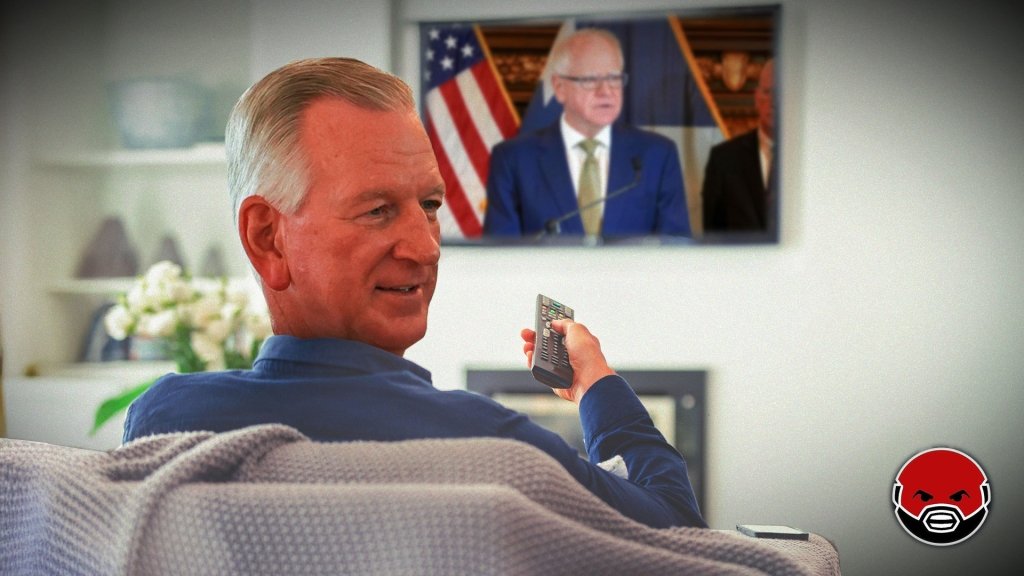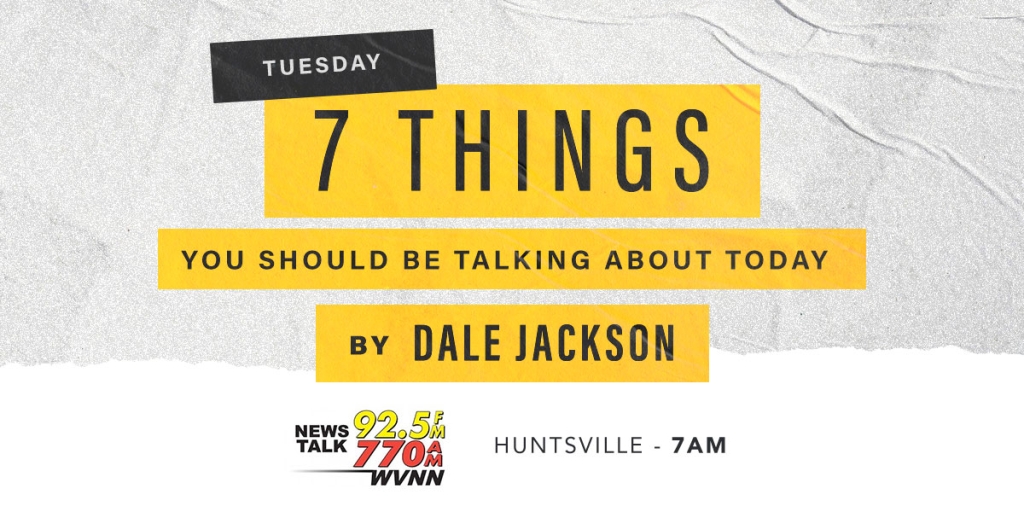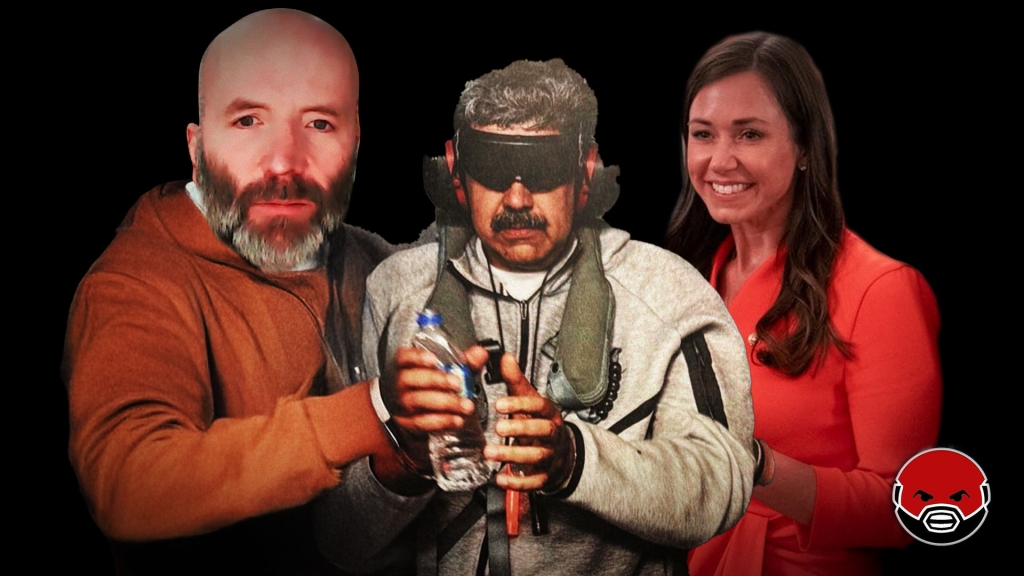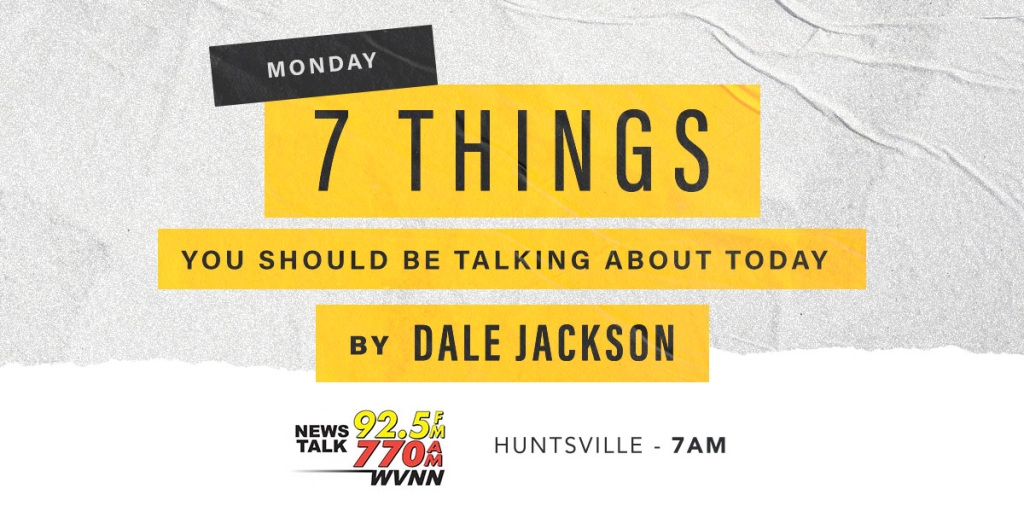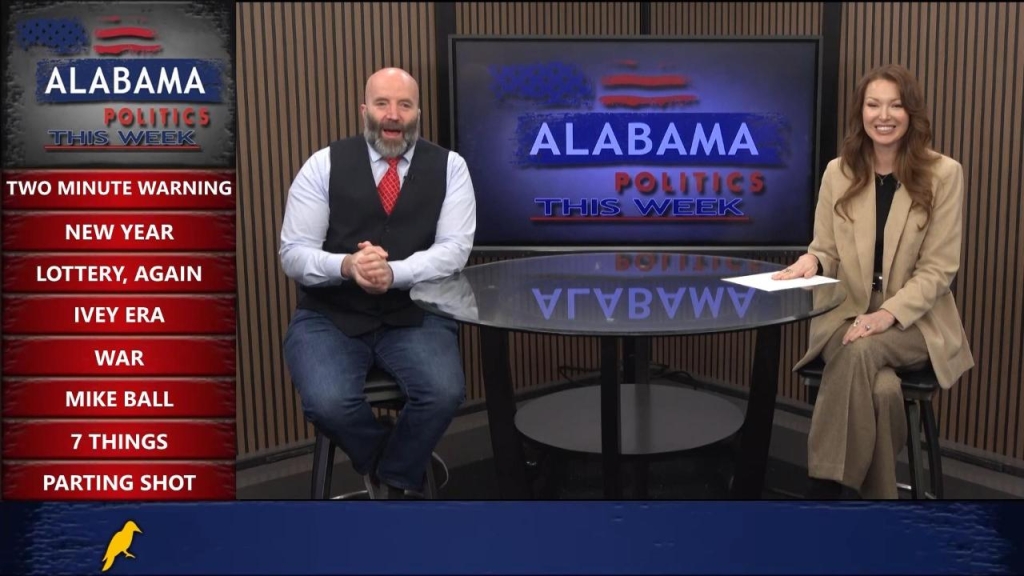All states license many occupations. Licensing, essentially a government permission slip to work, emerged in the early 20th Century and is now more extensive than ever. A new report by the Alabama Policy Institute and Johnson Center, “The Costs of Occupational Licensing in Alabama,” provides an evaluation of the current extent and costs of licensing in our state.
Occupational licensing protects consumers from the consequences of high-cost information. We hire expert doctors, architects, and electricians to do things we cannot. Our lack of expertise means that we also have difficulty distinguishing knowledgeable experts from quacks and charlatans. And the consequences can be deadly: a treatable illness becomes life-threatening, or faulty wiring causes fires.
Under occupational licensing, a state-appointed board sets fees, training, experience, and exam requirements for each profession. Individuals not meeting the standards cannot legally practice the trade. Driving out quacks and charlatans ensures consumers that all chiropractors or massage therapists are knowledgeable professionals. More than 800 jobs are now licensed in at least one state, covering about 30 percent of the national labor force, compared with 6 percent in 1950.
Today licensing extends to professions not connected to safety, like florists, barbers, and interior designers. A bad haircut might be disappointing, but hardly represents the harm caused by incompetent architects.
The authors of our new study, led by Dan Smith and Courtney Michaluk Joslin of the Johnson Center combed through Alabama’s laws and regulations. Alabama currently licenses 151 professions, covering 430,000 workers, or 21 percent of our labor force. Initial fees, which average more than $300, reach $1,565 for interior designers, and licensees pay additional annual fees. Currently licensed Alabama professionals paid an estimated $122 million in initial fees, plus another $45 million annually.
Education and training requirements can include college and graduate or professional school (e.g., medical school). Education has explicit costs (tuition, books, materials), and less visible costs (salary not earned while attending school). Using the lowest cost training or college available in Alabama, Smith and Joslin estimate the cost of initial training for current professionals at $65 billion; continuing education costs another $243 million annually.
Much of this training and education is undoubtedly necessary. No one wants to be treated by a “doctor” who merely stayed at a Holiday Inn Express. Rapidly expanding professional knowledge increases needed training and continuing education. To create value, however, each element of training must be worth the cost. This is where occupational licensing fails.
The voluntary market offers many forms of training and product testing, which economists have found quite effective. Examples include Underwriters’ Laboratories for products and the American Meteorological Society’s Certified Broadcast Meteorologist program. The crucial factor for quality in markets is voluntariness.
This seems backward. Shouldn’t valuable training be mandatory, so people can’t avoid it? While plausible, mandates lead professionals to merely satisfy the requirements, or check all the boxes. No one asks: Is this worth the time and cost?
By contrast, professionals and the firms who employ them will only pay for voluntary training which is worth the time and cost. Market feedback is not instantaneous and exact, but typically someone will halt voluntary training which is not creating value. Low-value training persists under legal mandates.
Increased training and education requirements reduce the number of licensed professionals, resulting in higher rates and benefitting current professionals. Economists’ research consistently finds that licensing raises prices for consumers. And continuing education in some fields is little more than a racket, as continuing legal education illustrates. The lawyers giving talks at continuing education seminars are themselves earning credit, and are not paid much for their time. Lawyers pay a lot and spend their valuable time in boring seminars teaching little of value.
Occupational licensing addresses a real problem – assuring the quality of expert services. But like much of our legal and regulatory system, it has evolved into elaborate box checking, which does not create prosperity. Licensing costs Alabamians billions, and yet is poorly designed for delivering high-quality services.
Daniel Sutter is the Charles G. Koch Professor of Economics with the Manuel H. Johnson Center for Political Economy at Troy University.





